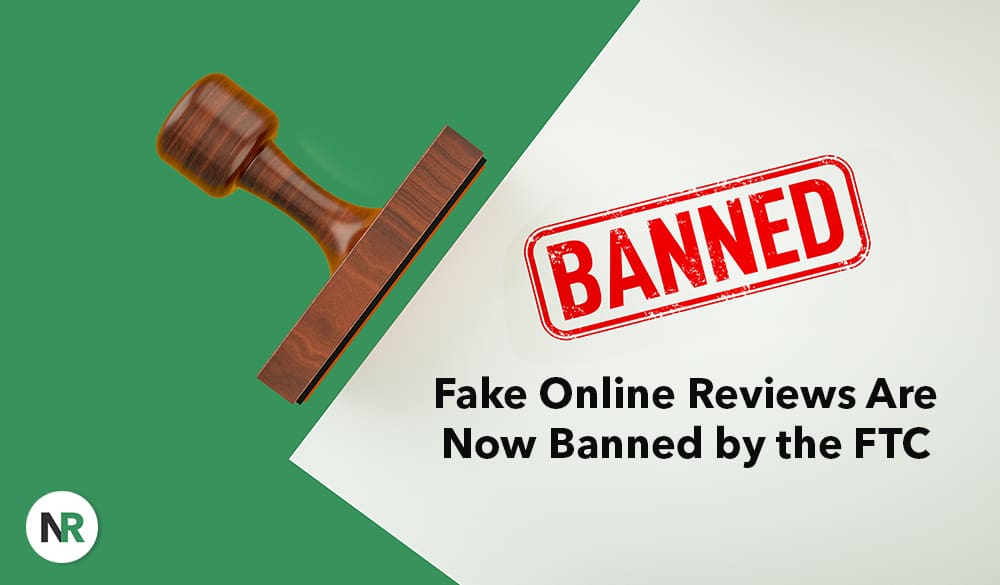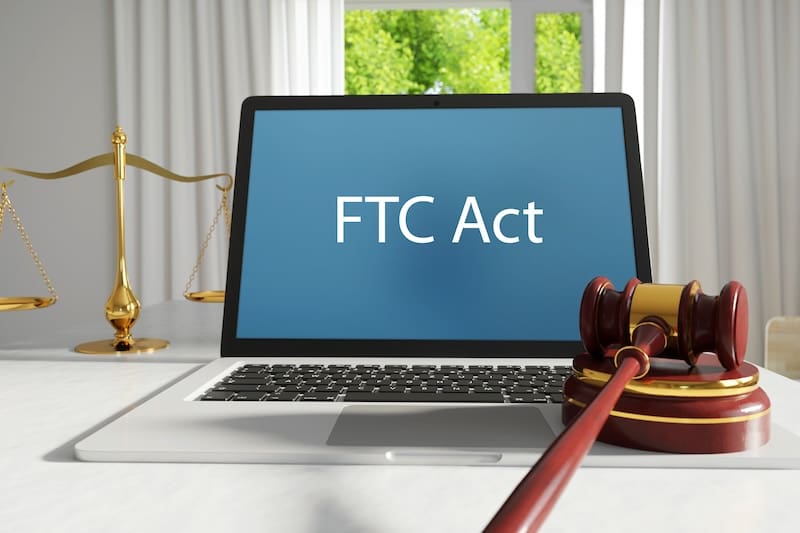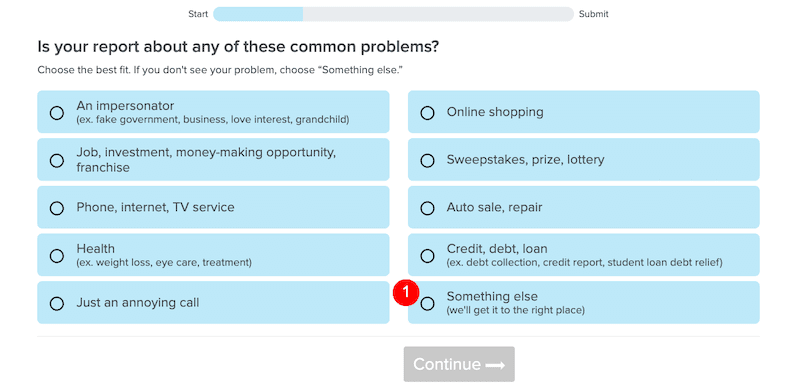The FTC will start cracking down on fake online reviews, and you can report ones that you find.
A rule that the Federal Trade Commission (FTC) issued in August officially went into effect on October 21, 2024. The rule bans the sale or purchase of online reviews, and the FTC can now seek civil penalties against anyone who knowingly violates the rule.
Why Are Fake Online Reviews Bad?
Phony reviews are a waste of time and money for both brands and consumers. They take business away from honest companies and mislead consumers who are trying to research their next purchase decision.
The purpose of the FTC rule is to protect consumers, send a warning to businesses that try to cheat the system, and promote honest companies that compete fairly.
Online reviews help businesses attract new customers and make more sales. They also help consumers decide which companies to trust. Fake reviews get in the way of fair and honest consumer practices.
For immediate help removing fake and negative reviews that are impacting your business, call us at 844-461-3632 or fill out the contact form below.
Request a Free Consultation
What Are the Details of the New FTC Rule?
The FTC rule prohibits reviews and testimonials that are attributed to non-existent people or that are AI-generated.
Additionally, individuals who don’t actually have experience with a brand, product or service cannot legally leave a review or misrepresent their customer experience.
Furthermore, the rule prevents businesses from creating or selling testimonials or reviews. That includes businesses that purchase phony reviews, get them from company insiders, or spread around fake reviews. To elaborate on insider reviews, the FTC says, “[The final rule] prohibits such reviews and testimonials given by officers or managers. It also prohibits a business from disseminating such a testimonial that the business should have known was by an officer, manager, employee, or agent.”
Businesses are also not allowed to pay for or provide other compensation for positive or negative reviews. According to the FTC, “The final rule prohibits businesses from providing compensation or other incentives conditioned on the writing of consumer reviews expressing a particular sentiment, either positive or negative.”
The FTC’s rule also outlines guidelines for review suppression. Businesses cannot use “groundless” or “unfounded” threats, accusations or intimidation to remove or prevent a negative review. And businesses cannot use their website to misrepresent the portion of positive vs. negative reviews received by suppressing negative ratings and reviews.
Social media also plays a rule. The rule prohibits buying or selling fake influence indicators, like followers or views that come from a bot or a hijacked account.
How Can I Report Review Fraud?
According to the FTC’s FAQ page, you can report any activity that you believe is a bad business practice, fraud or a scam.
The FTC encourages reporting even if you’re unsure whether or not the issue is actually a bad business practice, fraud, or similar. According to the FTC, “Your report makes a difference and can help law enforcers spot problems.”
Review fraud, along with other types of scams and poor business practices, can be reported to the FTC here.
Note that if you want to report identity theft, you can do so on the FTC’s dedicated website here. After filing a report there, you don’t need to file a second report through the Report Fraud website, though it’s OK if you do so purposely or accidentally.
Step 1: Go to the reporting page.
To start your report, go to this page.
Step 2: Select the best option for your complaint and add details.
Since there isn’t an option specifically for fraudulent reviews, the best choice may be Something else.
This option brings you right to a Comments page where you can add details of your complaint.
After filling in the box at the top of the page, scroll down to add more details.
About the Impersonator Option
In some cases, the An impersonator option may also be relevant. Selecting An impersonator populates a second menu with options to choose from, which may or may not be relevant to your complaint.
About the Internet Option
The Phone, internet, TV service option may seem relevant, but the Report details section asks about internet service, not anything related to fraudulent reviews.
Step 3: Add your information and submit the report.
After filling in the details of your report, you’ll come to a page where you can add your personal info. When you’re finished, click Submit.
FAQ About Reporting Review Fraud to the FTC
Can I report the business that I work for?
Yes, you can absolutely report the company you’re employed by. If it’s more comfortable or safer for you, the report can be anonymous. According to the FTC, filling in your contact information allows them to contact you but it will not necessarily be shared with your company. Note that your personal information will need to be shared with your company if a judge orders the FTC to do so.
It’s also helpful to know that one person can file a report for another person. That means that you can file a report on behalf of someone else or another person can file a report on your behalf.
What do I need to file a report with the FTC?
Any details you can provide about the experience will be helpful to the FTC, including contact information for the person or business you’re filing the report against. While you won’t be able to upload supporting documents, you can copy and paste the text into the report. Make sure to save your documents in case law enforcement requests them at some point.
Will the FTC be in touch with me?
No, you’re not likely to hear back from the FTC after filing a report or find out the results of your specific report. According to the Report Fraud site, “The FTC is not able to respond to each report individually, and it can’t take action on behalf of individual consumers.” However, your report will be used to investigate fraud and other types of bad business practices.
Protect Your Online Reputation With Expert Help
If your business has been affected by false or negative online reviews, you’re probably in need of online reputation repair. Our review management services protect you against negative reviews while encouraging positive ones from real customers. We’re also able to remove fake reviews from online review sites like Facebook and Google.
Call us today at 844-461-3632 or fill out the contact form below for a free consultation.











